The Body Keeps the Score: How Emotions Manifest in the Physical Body
Introduction
Have you ever felt a knot in your stomach during a stressful time? Or noticed tension in your neck and shoulders after an emotionally draining day? You’re not alone—and it’s not just in your head.
The human body has an incredible memory. Physical therapists and other health professionals are increasingly recognizing the connection between emotional stress and physical symptoms. Inspired by the groundbreaking work of Dr. Bessel van der Kolk in his book "The Body Keeps the Score," this blog explores how emotions—especially unresolved trauma—can be stored in the body, how they show up physically, and what role physical therapy can play in healing.
The Mind-Body Connection Is Real
Our emotional and physical systems are deeply intertwined. The central nervous system, which controls everything from muscle movement to emotional regulation, doesn’t draw a hard line between physical and emotional pain. This is why:
Anxiety can trigger tightness in the chest.
Depression can show up as fatigue and body aches.
Trauma can lead to chronic pain, tension, or even movement dysfunction.
Over time, the body can “record” these emotional experiences—especially if they are intense or unresolved—leading to chronic physical symptoms without a clear orthopedic cause.
How Emotions Hide in the Body
The body reacts to emotional stress through patterns of muscle tension, posture, and even how we breathe. Some examples include:
Shoulders and Neck: These areas often carry the weight of stress, leading to tension headaches and reduced mobility.
Pelvis and Hips: Trauma, especially related to safety and vulnerability, can manifest as tightness or pain in the hips and pelvic floor.
Jaw and Face: Anxiety and frustration frequently show up through jaw clenching and TMJ dysfunction.
Gut and Abdomen: Emotions like fear or sadness can disturb digestion and create a “heavy” feeling in the stomach region.
These physical patterns can become habitual—even after the original emotional trigger has passed.
Physical Manifestations of Emotional Stress
Common physical therapy complaints that may have emotional components include:
Chronic neck, back, or shoulder pain
Pelvic pain or dysfunction
Fibromyalgia or myofascial pain syndrome
Tension headaches or migraines
TMJ pain
Postural issues
Unexplained tightness or recurring injuries
Sometimes, traditional physical therapy approaches only offer short-term relief. If deeper emotional patterns are at play, we must address both the body and the nervous system for lasting results.
How Physical Therapy Can Help
Physical therapists trained in trauma-informed care and holistic approaches can help patients release tension, restore mobility, and improve their mind-body awareness.
Therapeutic approaches may include:
Breathwork and diaphragmatic breathing to regulate the nervous system
Myofascial release to address tissue restrictions possibly linked to emotional holding patterns
Visceral manipulation to release restrictions around the organs, often connected to stored stress
Mindful movement to help patients reconnect with their bodies in a safe and empowering way
Patient education on posture, nervous system regulation, and lifestyle changes
At its core, physical therapy provides a safe space to move, feel, and heal—not just physically, but emotionally.
A Trauma-Informed Lens in Rehab
Trauma-informed physical therapy is about meeting patients with compassion, understanding that pain is not always mechanical. It may be rooted in old wounds—emotional, psychological, or even spiritual.
We don’t need to "talk through" trauma to help the body release it. Through slow, intentional work, patients often experience emotional release or insights as tension softens and mobility returns. It's not uncommon for someone to feel unexpectedly emotional after certain treatments—not because something is wrong, but because something long-held is finally being let go.
Conclusion: Healing Is Whole-Body Work
Your body remembers what your mind may forget. Physical pain and emotional pain are often two sides of the same coin. By recognizing this connection, we can begin to treat pain not just as a symptom to be managed, but as a story to be understood.
At our clinic, we believe in treating the whole person—body, mind, and nervous system. If you’ve been living with chronic pain, tension, or unexplained symptoms, it might be time to explore what your body is trying to tell you.
Ready to reconnect with your body and begin true healing?
Schedule a session with one of our holistic, trauma-informed physical therapists today
